-
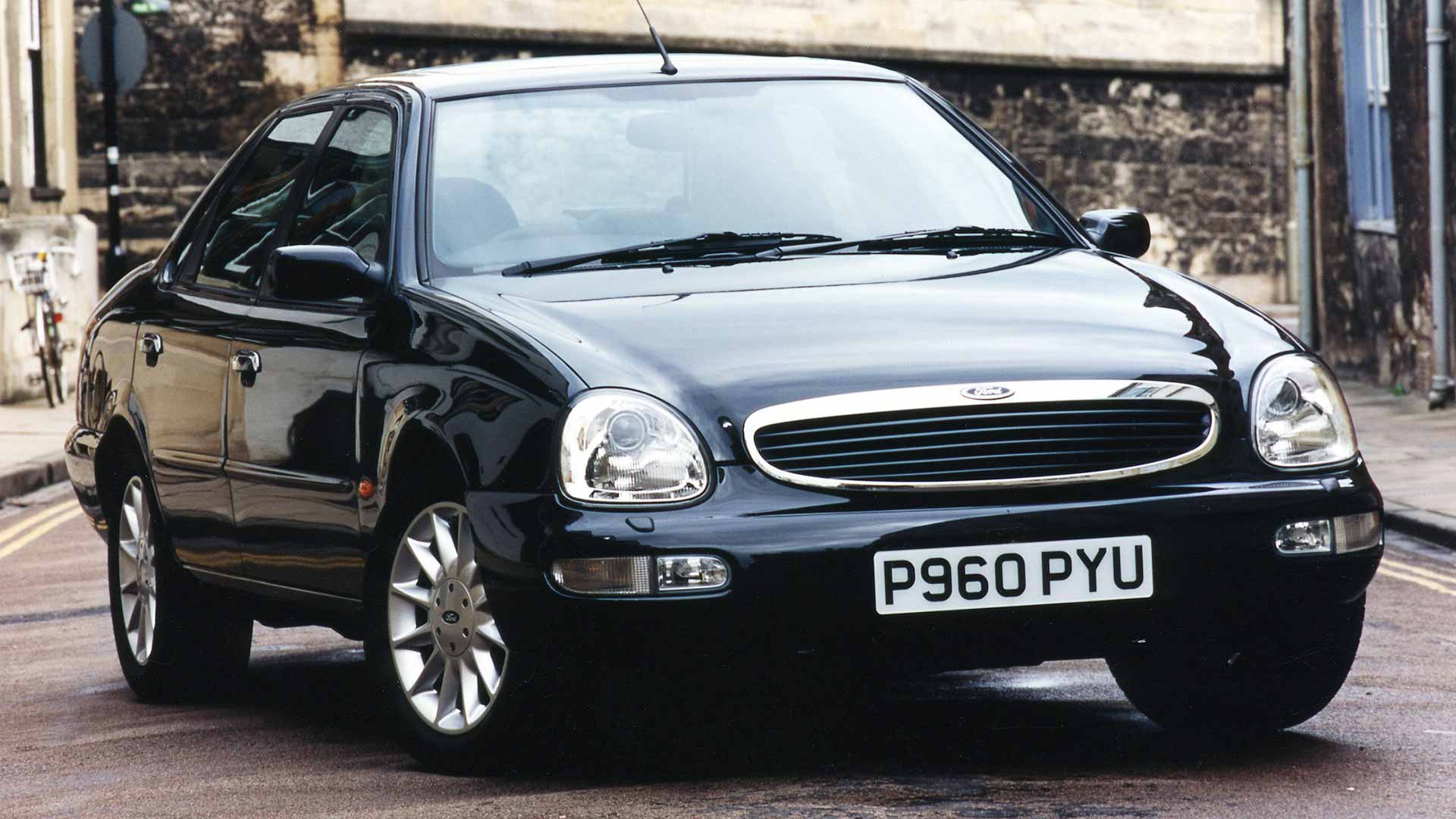
Winners and losers
© FordFord knows how to appeal to mainstream car buyers. The Fiesta and Focus were traditionally regular fixtures near the top of the UK sales chart – and the Puma SUV has swiftly followed suit. The company has a knack for performance cars, too, from the legendary Sierra RS Cosworth to the latest Fiesta ST.
However, there have also been plenty of Fords that split opinion or simply weren’t very good. Read on to discover the most controversial Fords ever.
-
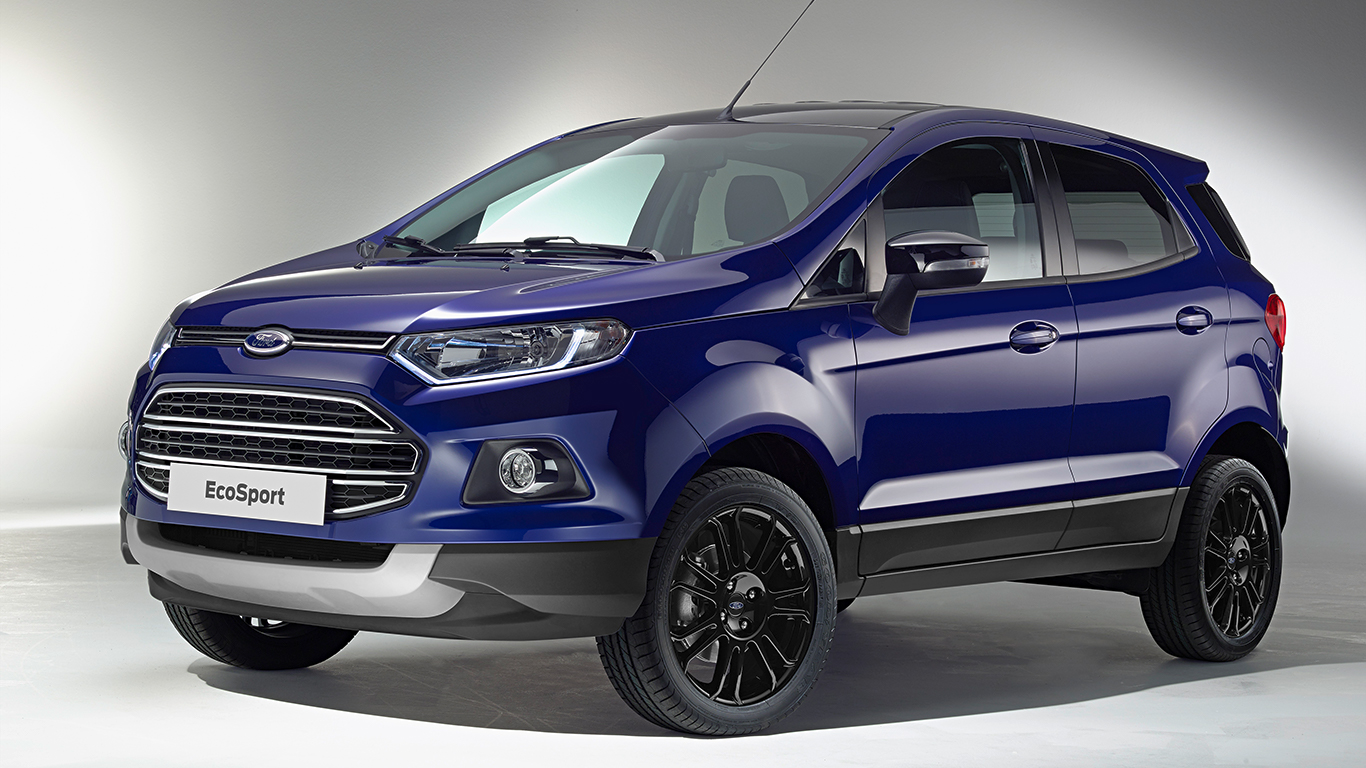
Ford Ecosport
© FordFord desperately needed a small crossover to rival the Nissan Juke. Rather than designing a new car, however, it imported its Ecosport ‘world car’ to European markets instead. Reviewers were pretty unanimous that the Ecosport was one of the worst new Fords in a long time. The latest Ford Puma shows how it should have been done.
-
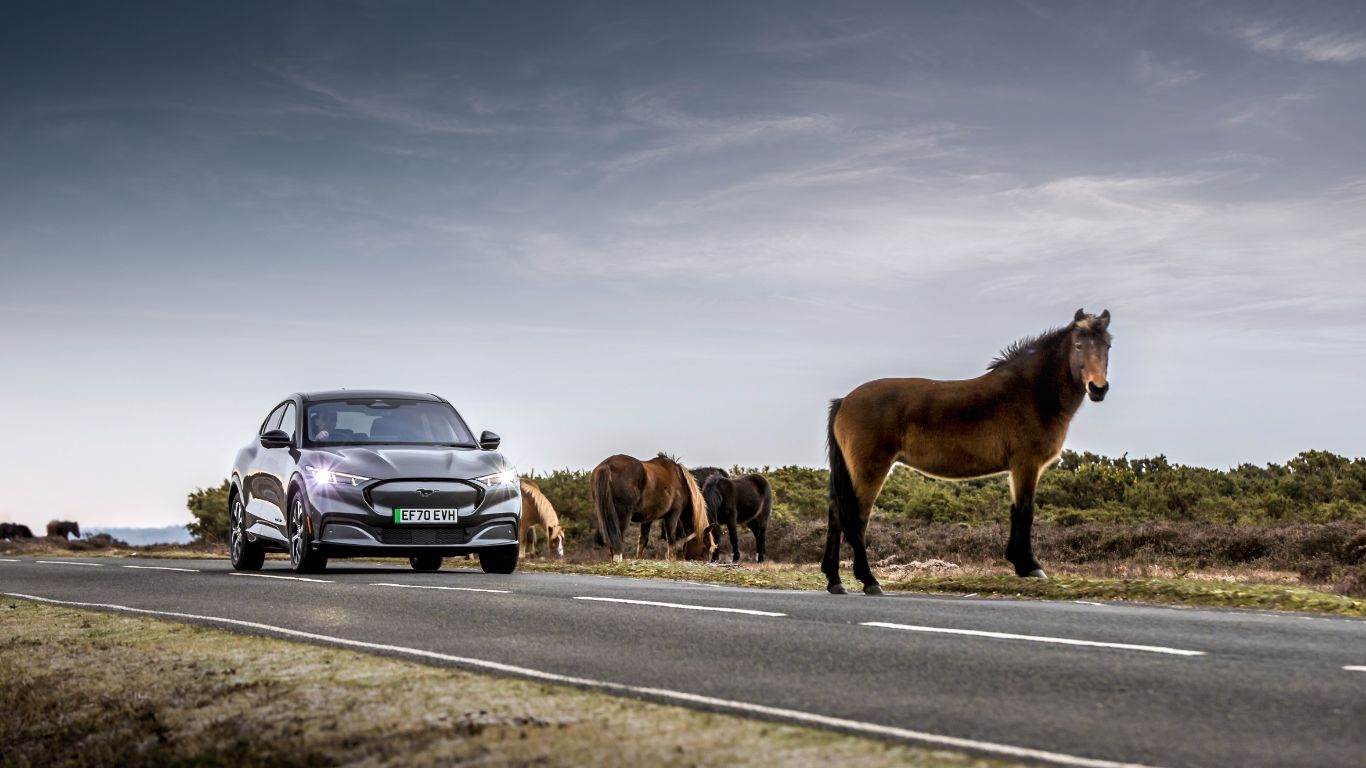
Ford Mustang Mach-e
© FordNews that the iconic Mustang name would be applied to an electric SUV was initially met with shock. Indeed, the pony logo is all you’ll see on the new Mach-e; Ford’s blue oval is notable by its absence. The battery-powered Mustang isn’t a bad car – far from it – and its performance leaves plenty of old-school American V8s standing (the 487hp Mach-e GT hits 62mph in 3.7 seconds). Nonetheless, this radical reboot was always going to be a tough sell to Ford fans.
-
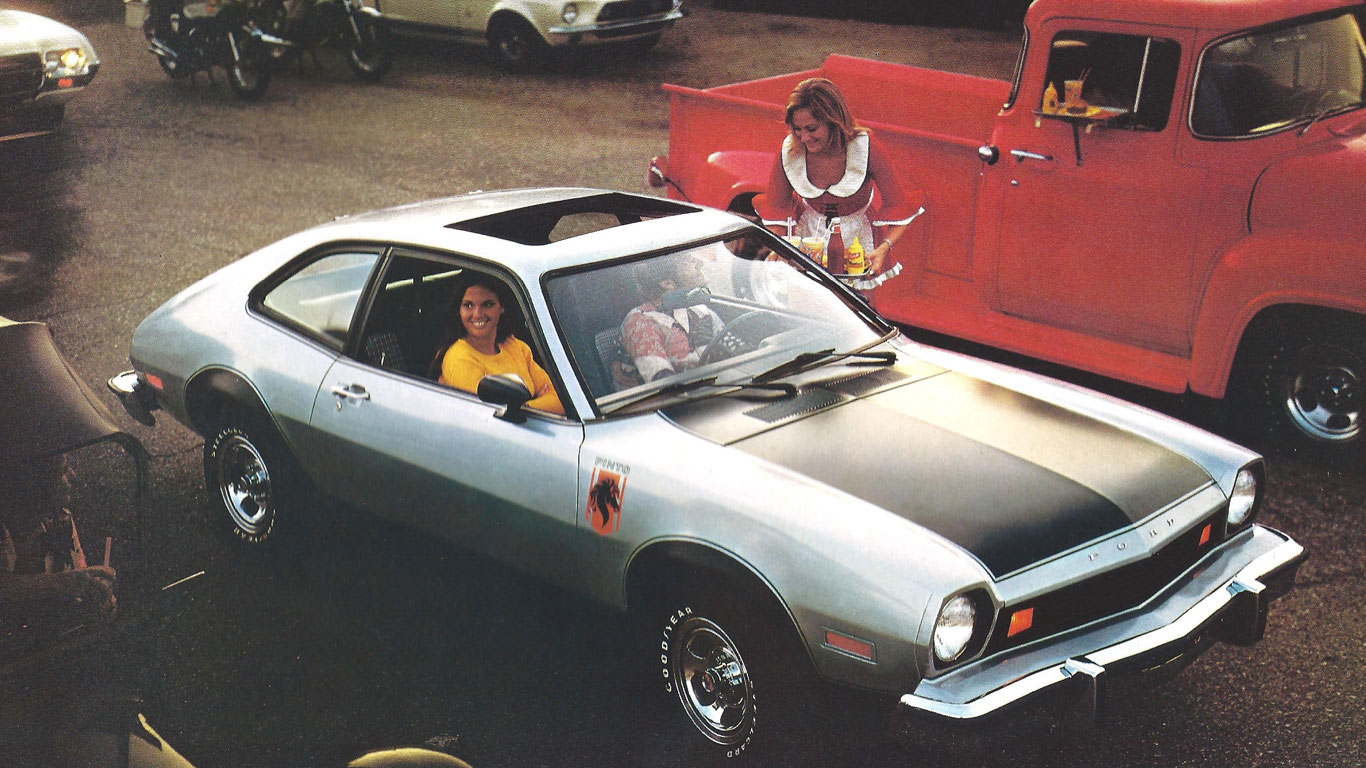
Ford Pinto
© FordNever mind being one of the most controversial Fords, the North American Ford Pinto is one of the most controversial cars full-stop. It was subject to a huge recall in 1977 when it was discovered that locating the fuel tank behind the rear axle could have explosive consequences. Ford was accused of knowing about the design fault, and subsequently faced more than 100 lawsuits following the recall.
-
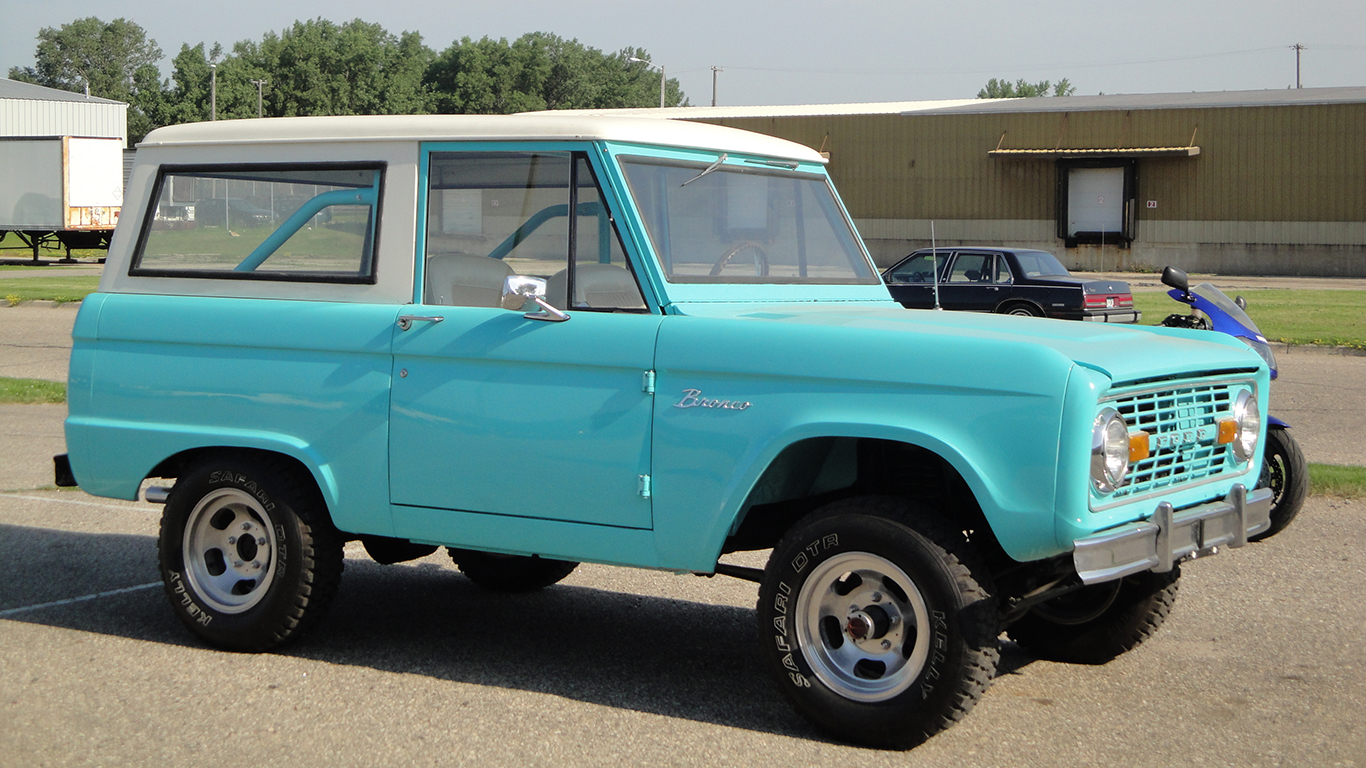
Ford Bronco
© FordFord couldn’t have predicted the Bronco’s rise to infamy. When ex-NFL player and movie star OJ Simpson went on the run from police following the murder of his wife and her friend, he used a Bronco as his getaway car. Unfortunately for Ford, more than 95 million people tuned in to watch the chase unfold live on TV. The Bronco has been synonymous with OJ Simpson ever since, but that didn’t stop Ford bringing back the Bronco badge in 2021.
-
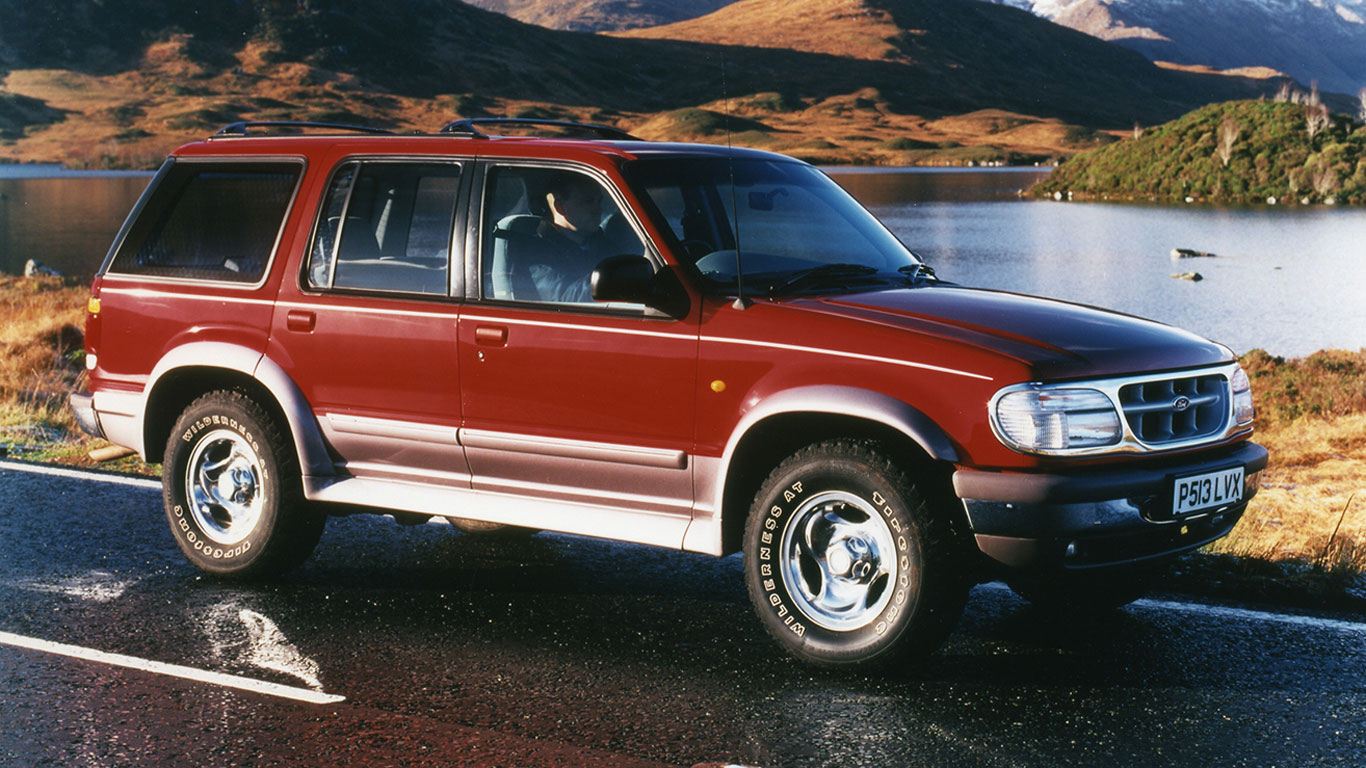
Ford Explorer
© FordThe Ford Explorer was a top-heavy SUV based on the Ranger pick-up truck. In a bid to improve stability while keeping costs to a minimum, Ford lowered the suspension and reduced tyre pressures. This increased the temperatures of the standard Firestone tyres during everyday driving, which could lead to the tread separating from the tyre. Blaming Firestone for the problem, Ford issued a recall in 2001, but only after hundreds of crashes involving Explorers, some of them fatal.
-
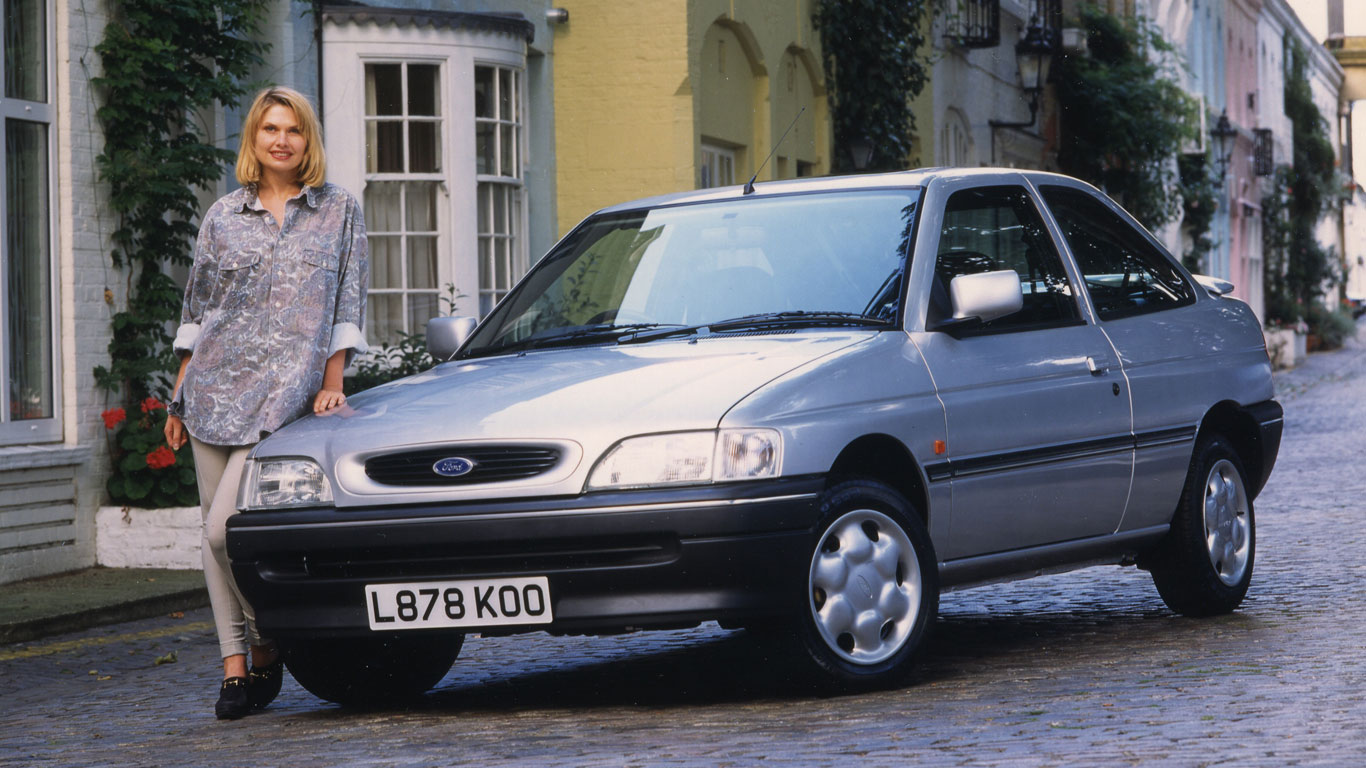
Ford Escort Mk5
© Ford‘Ford’s new Escort meets its rivals… and loses’, read the cover of Autocar magazine on 29th August 1990. The fifth-generation model of Ford’s popular family hatchback was a real dud, with disappointing engines, bland styling and road manners that couldn’t compete with cars like the Volkswagen Golf.
-
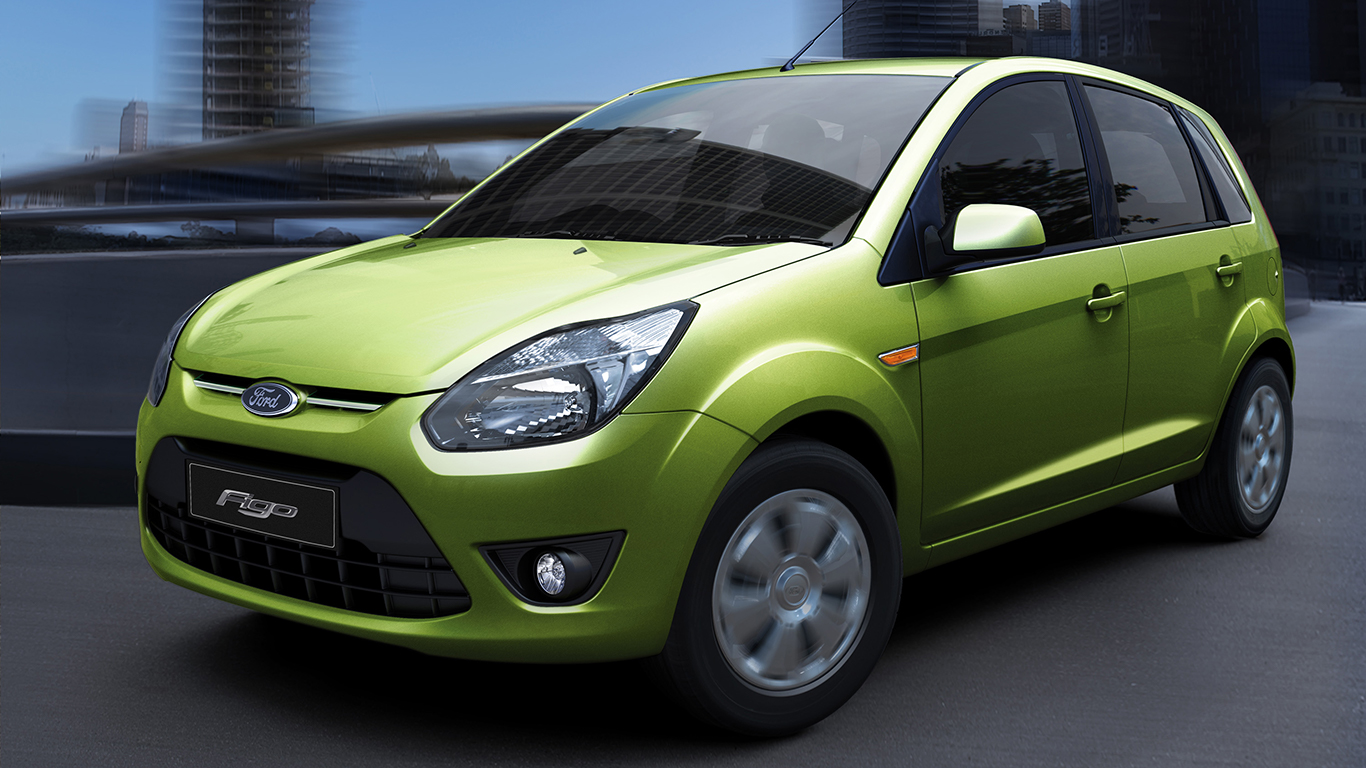
Ford Figo
© FordIt wasn’t so much the Indian-market Ford Figo that proved to be controversial, but the advertising around it. An ad for the Fiesta-based supermini appeared on Ford India’s website showing former Italian Prime Minister Silvio Berlusconi with a group of gagged women in the boot of the car. Beneath the picture, it stated: ‘Leave your worries behind with Figo’s extra-large boot’.
-
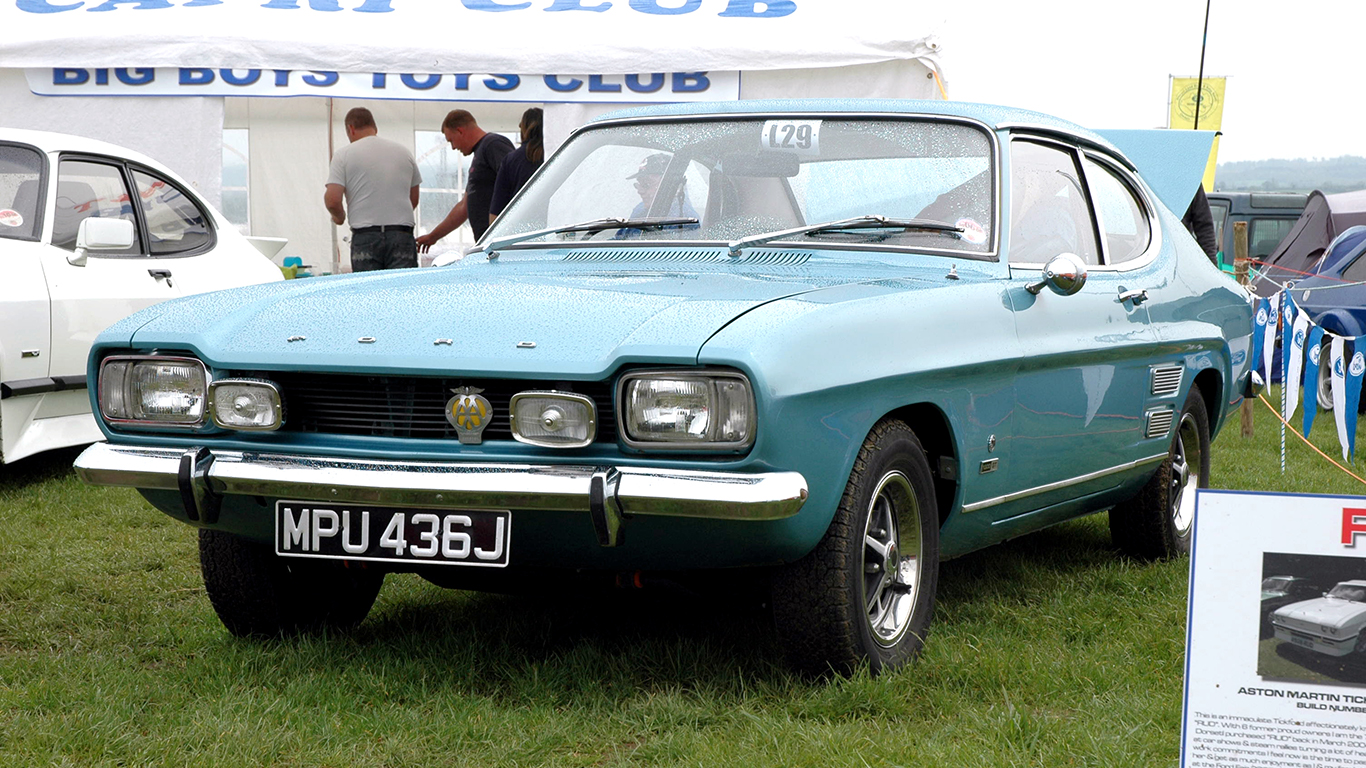
Ford Capri
© FordThe Ford Capri was intended to be a Mustang for Europe, but it fell several stallions short of the original pony car. The Mk1 Capri shared many components with the Cortina saloon, and the range kicked off with a gutless 1.3-litre four-cylinder engine. Even so, the Capri proved a sales hit and is a desirable classic car today.
-
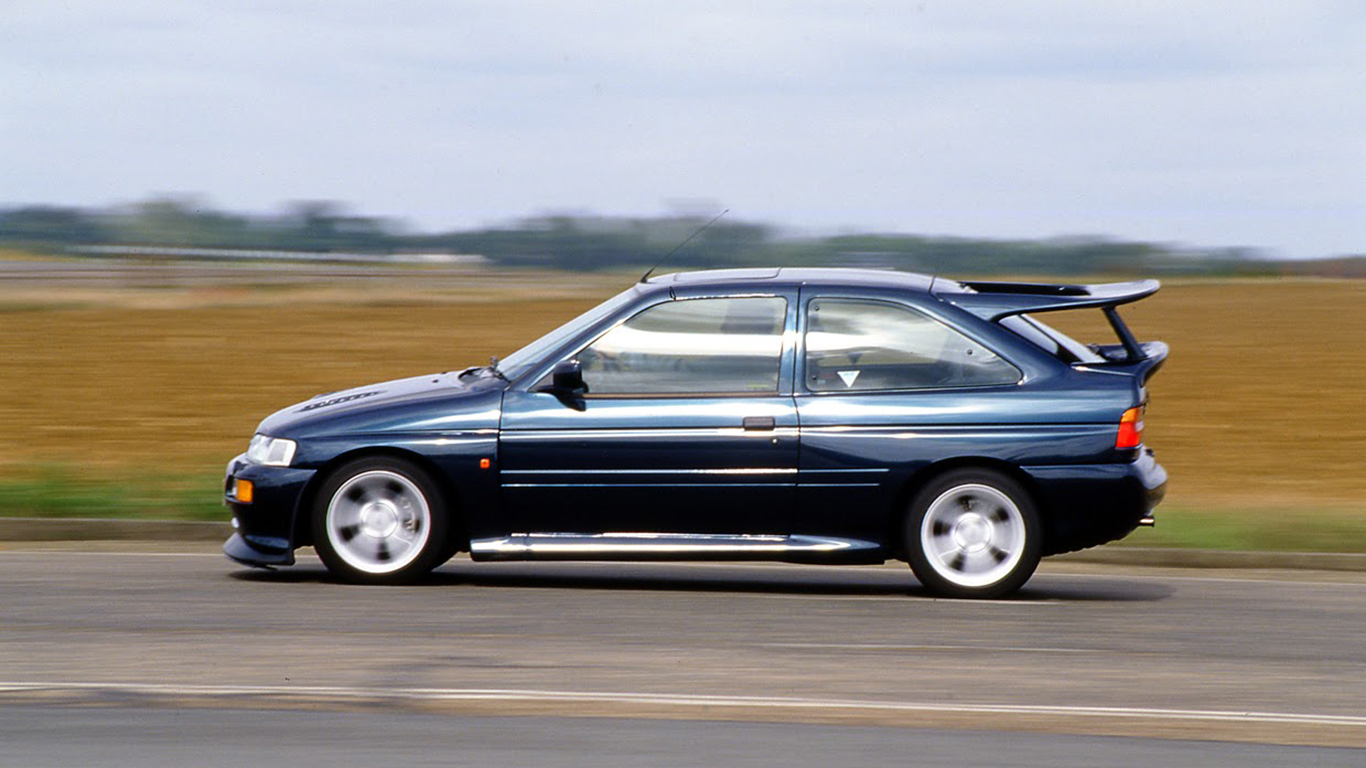
Ford Escort RS Cosworth
© FordThe Ford Escort RS Cosworth was so quick that, back in the early 1990s, police cars couldn’t keep up with them. As they were relatively easy to steal, they were very popular with joyriders and more serious criminals, making them extremely expensive to insure. A great car, but one that upset Daily Mail readers almost as much as the Lotus Carlton.
-
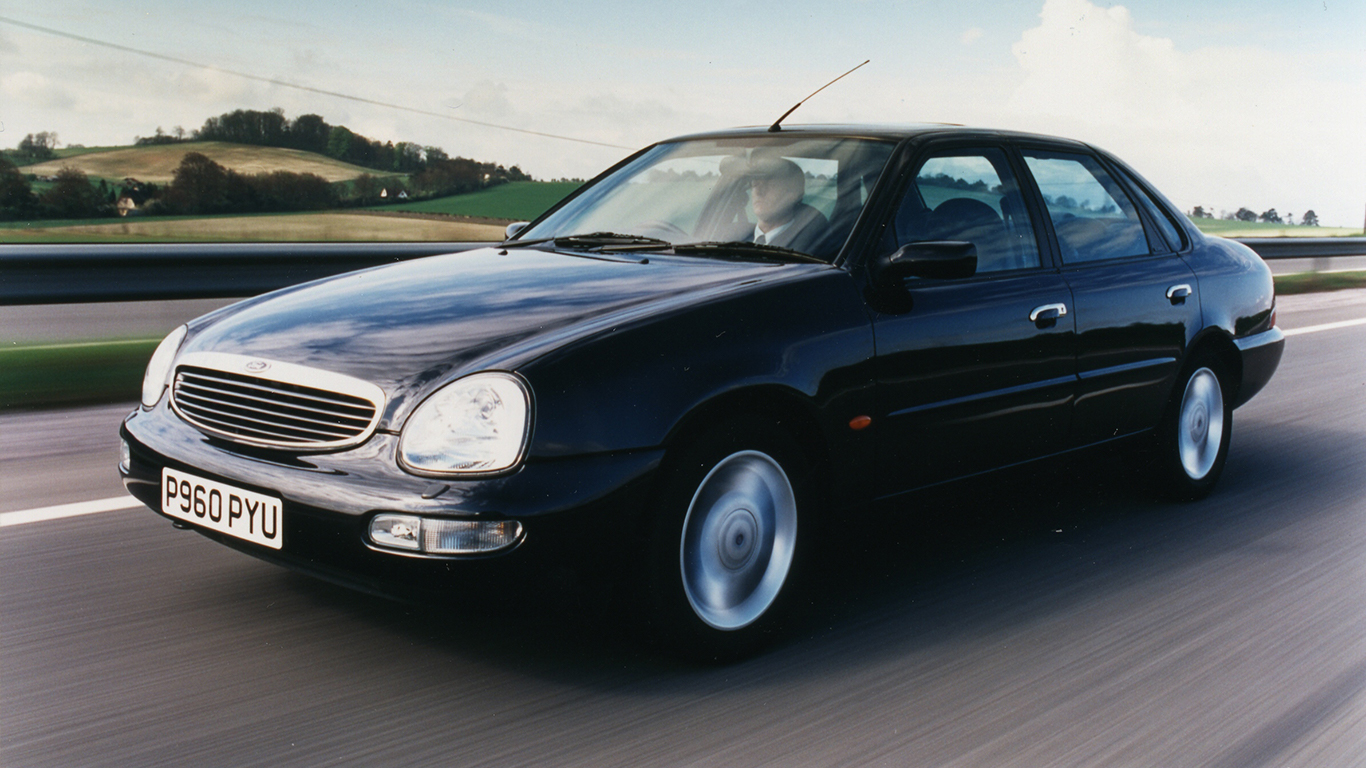
Ford Scorpio
© FordThe Ford Granada was a reasonably successful and attractive executive saloon. We’ve no idea what Ford was thinking when it introduced this fish-faced replacement, the Scorpio, in 1994. To this day, the company hasn’t revealed the chief designer responsible for its controversial appearance (“Nearly every Ford designer had a go at this one,” said Ford’s product development man at the launch). It wasn’t a sales success either.
-
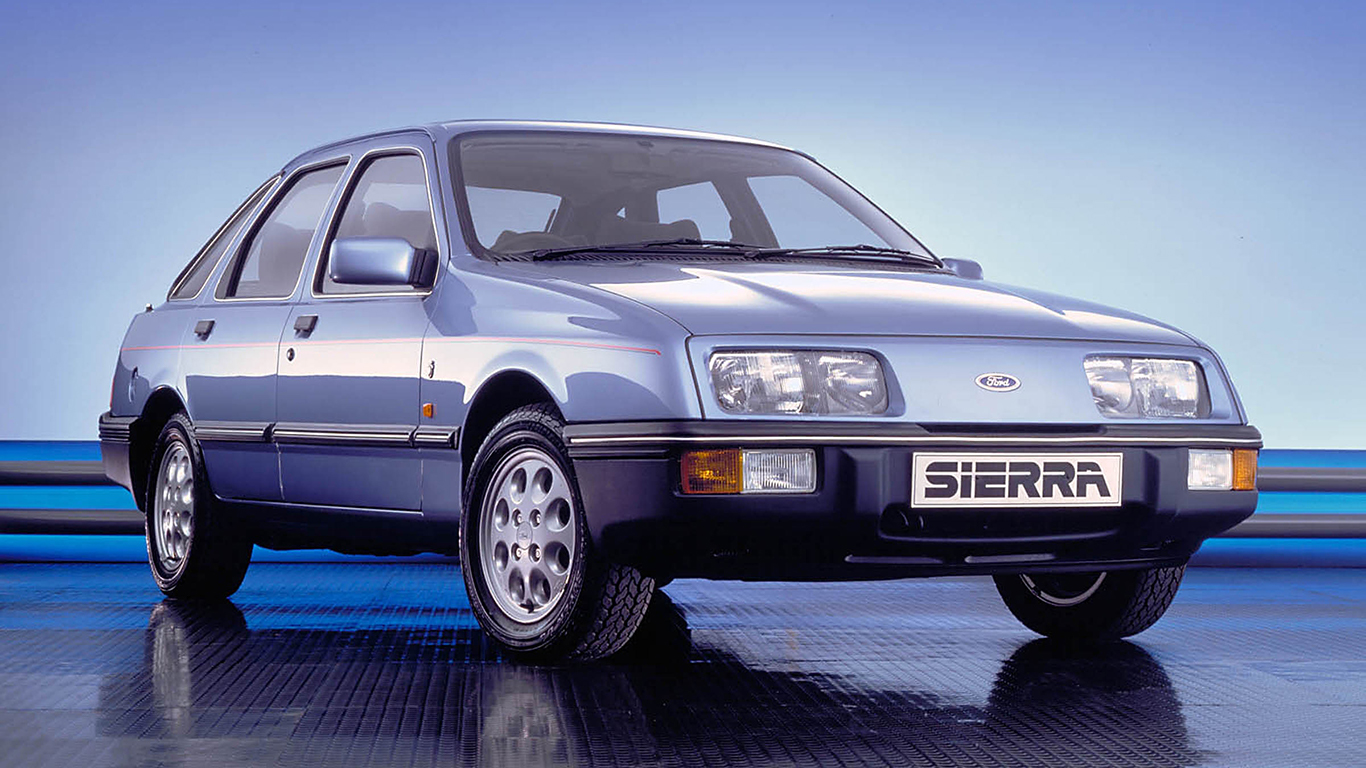
Ford Sierra
© FordAfter 20 years in production, Ford axed the popular Cortina and replaced it with this: the first-generation Sierra. Nicknamed the ‘jellymould’ because of its futuristic styling, sales of the Sierra were slow at first. This wasn’t helped by speculation that its design hid crash damage (its bumpers could withstand minor impacts, potentially concealing more serious knocks underneath). Rumours even arose that Ford might reintroduce the Cortina. Thankfully, it stuck to its guns.
-
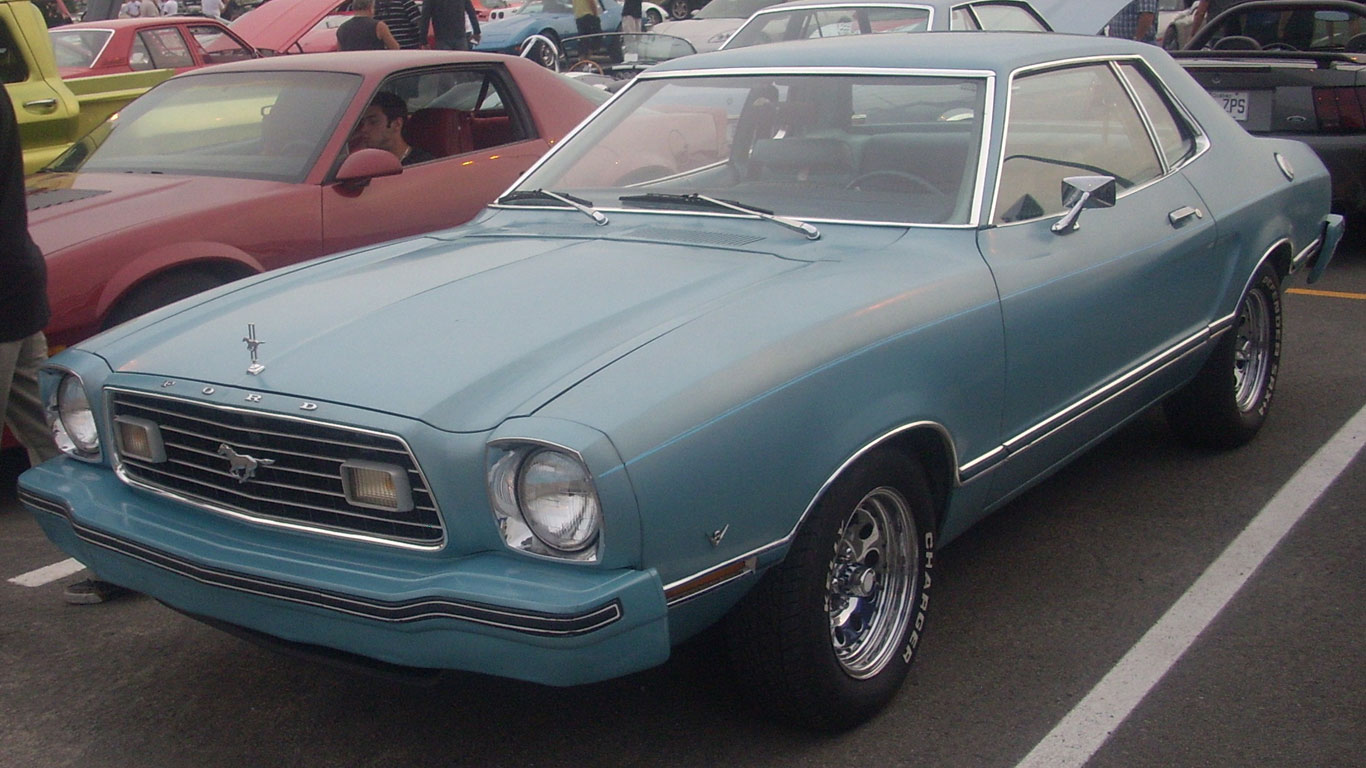
Ford Mustang II
© FordThe second-generation Mustang was launched just in time for the 1973 oil crisis, and was very different to the original. To appeal to a wider market, the V8 was axed in favour of an in-line four-cylinder engine, alongside an optional V6. It was based on a smaller platform shared with the Ford Pinto, too. As soon as fuel prices came down again, Ford re-engineered the engine bay to squeeze in a V8…
-
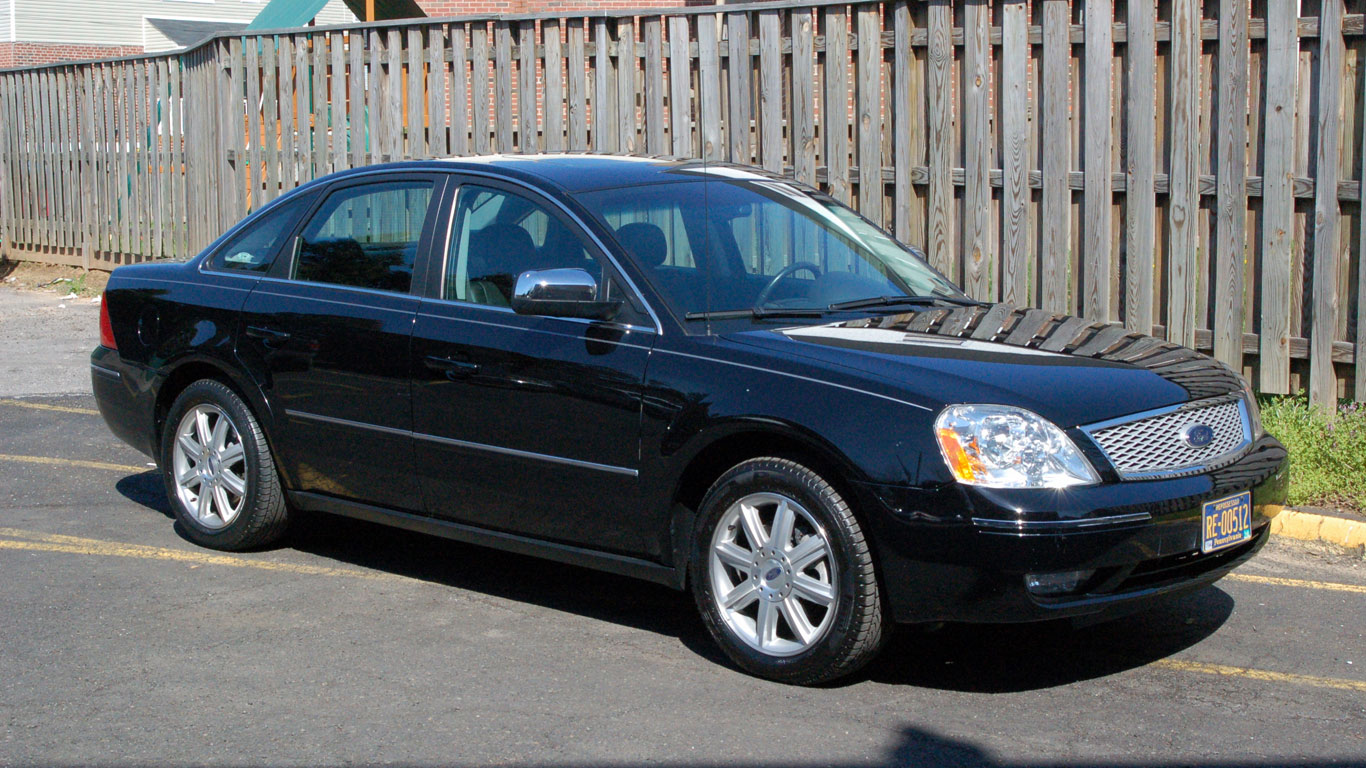
Ford Five Hundred
© FordLaunched in 2005 as a successor to the popular Ford Taurus, the Five Hundred was uninspiring in many ways. It was based on a Volvo-sourced platform, with no rear-wheel-drive option and bland styling. Its designer, J Mays, likened it to the Audi approach, but buyers weren’t convinced. It was heavily revamped and rebranded as a Taurus after just two years on sale.
-
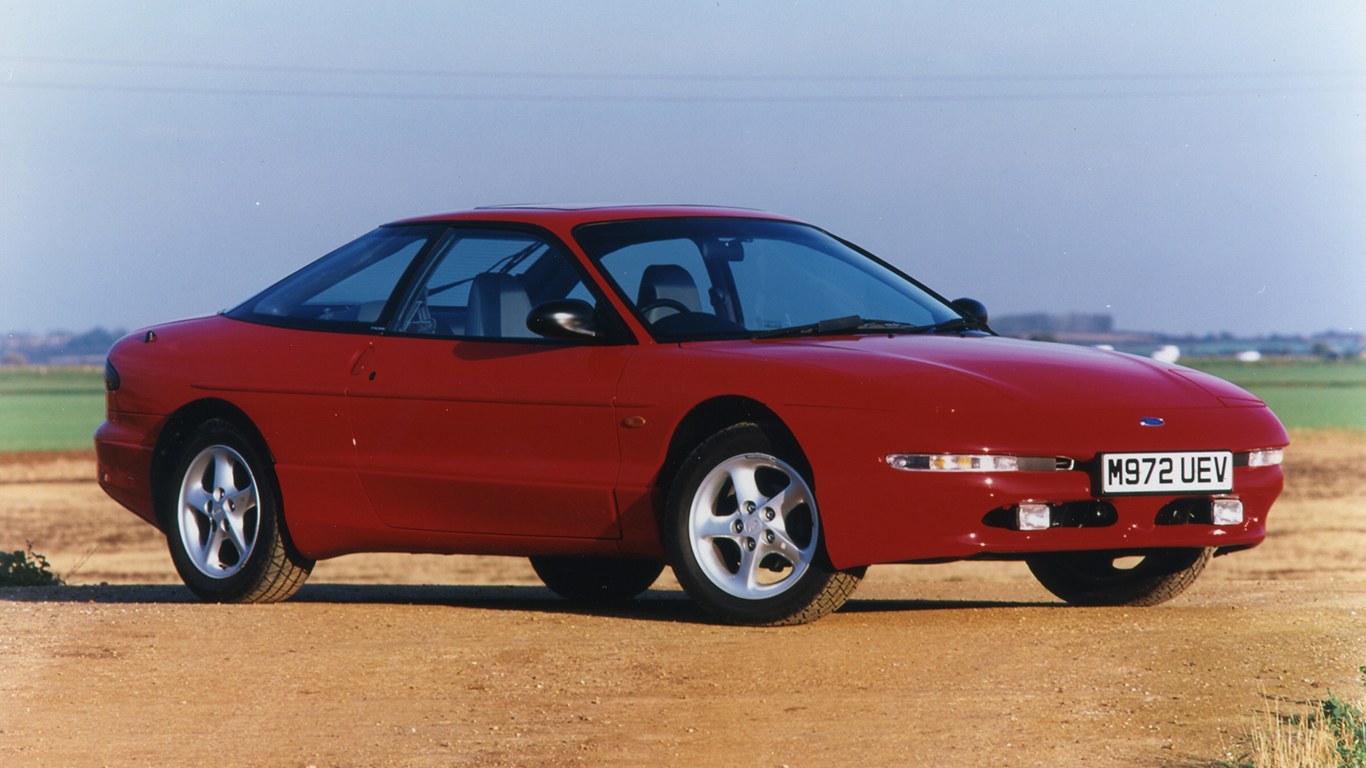
Ford Probe
© FordOriginally planned to replace the fourth-generation Mustang in America, the Ford Probe, which was based on the Mazda MX-6, instead filled the gap previously occupied by the Capri in Europe. Divisive looks, disappointing engines, front-wheel drive and that slightly unsavoury name all contributed towards the Probe being a flop. It was axed in 1997.
-
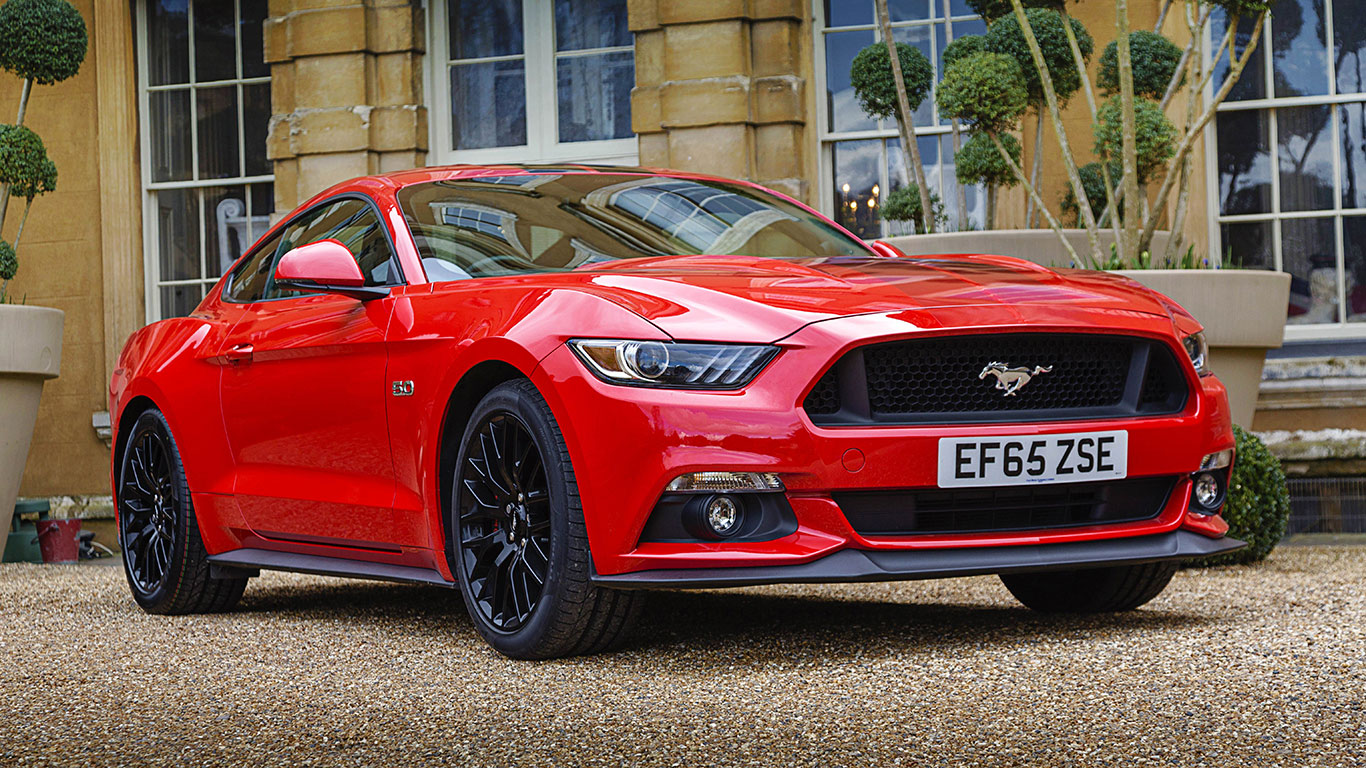
Ford Mustang Mk6
© FordThe sixth-generation Mustang was the first to be sold officially in Europe, and it quickly became one of the UK’s most popular sports cars. However, not everyone is a fan. Its Line Lock feature, which lets drivers pull a burnout at the press of a button, was banned in Australia, while initial Euro NCAP crash tests awarded it just two stars (since improved to three stars).
-
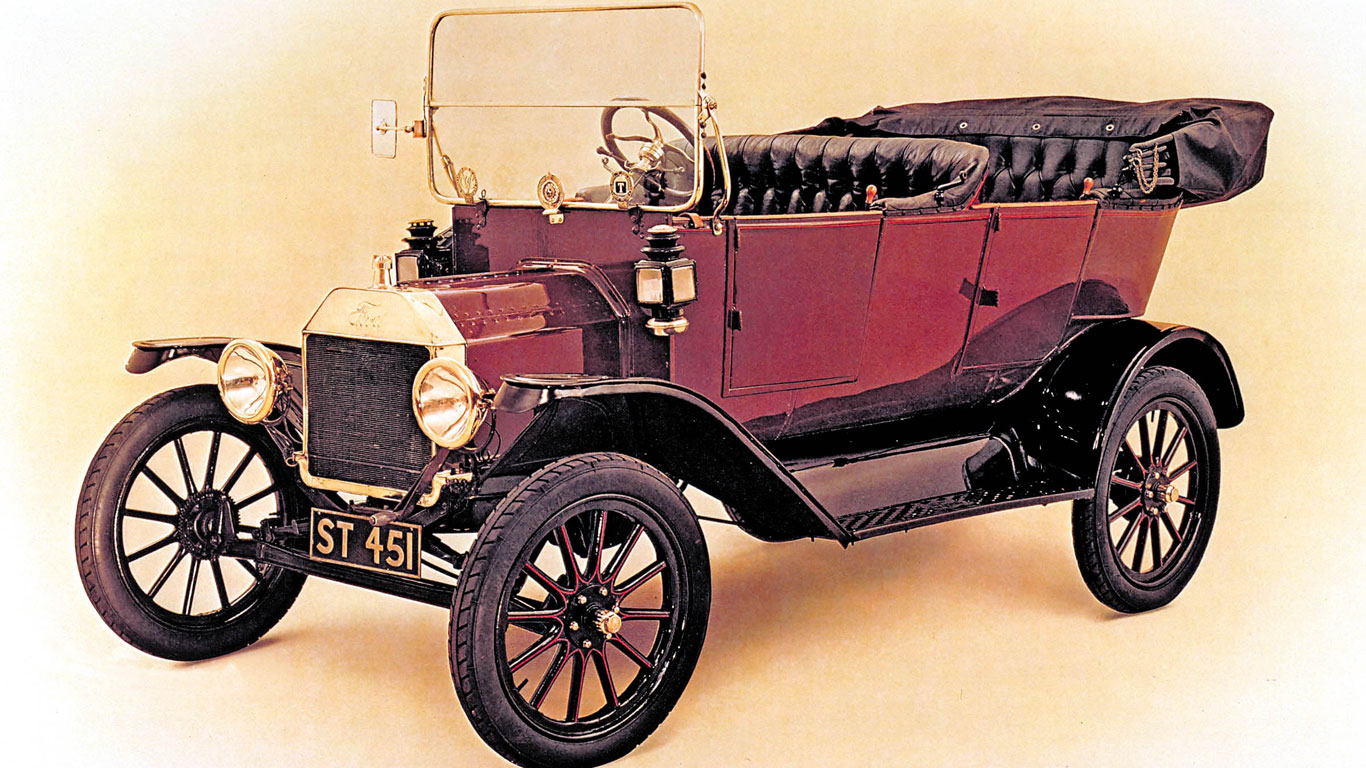
Ford Model T
© FordThe Ford Model T is the world’s first mass-produced car: one that changed the motoring landscape entirely. But can you imagine the hysteria around it back in the early 20th century? “If I had asked people what they wanted, they would have said faster horses,” said Henry Ford at the time.
-
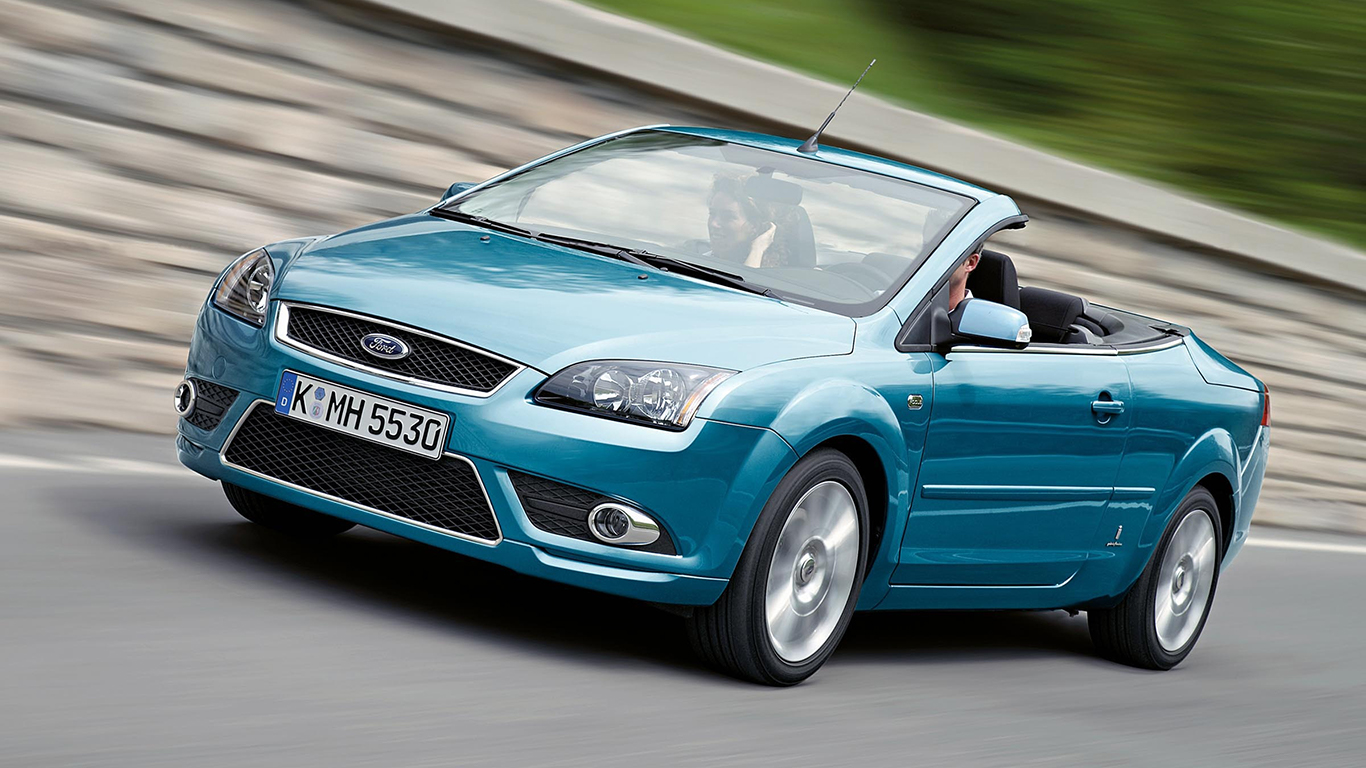
Ford Focus CC
© FordFord commissioned Italian styling house Pininfarina to turn its popular Focus into a convertible. You wouldn’t think so to look at it, though. The Focus CC’s two-piece folding hard-top contributes to its ungainly looks, while practicality also took a knock. Added wind noise and issues with the retractable roof mechanism – including numerous reports of water leaks – meant the CC sold in relatively small numbers.
-
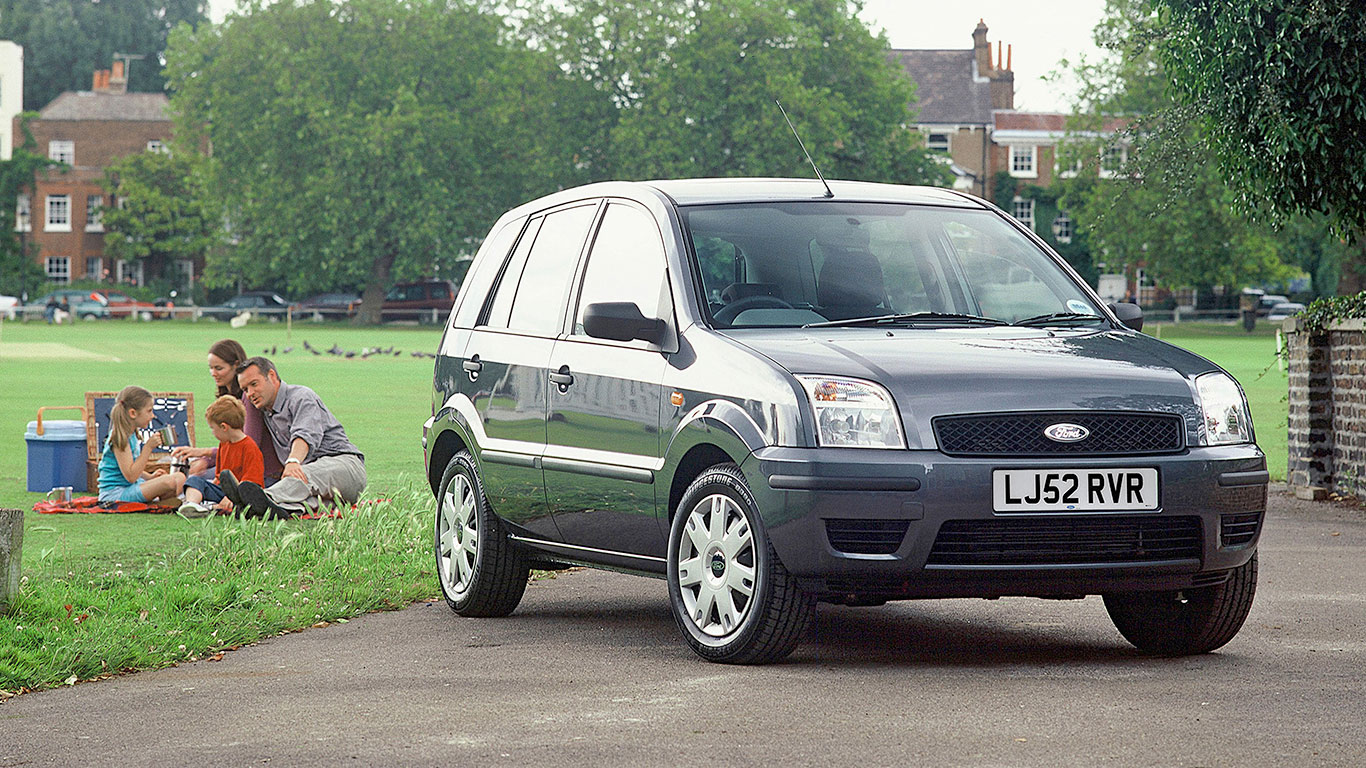
Ford Fusion
© FordIn some ways, the Ford Fusion was ahead of its time. Based on the fifth-generation Fiesta, it was a half-hearted attempt at a crossover, intended to appeal to young, active buyers who’d appreciate the extra practicality and beefed-up style. Instead, it proved popular with pensioners, who appreciated the ease of getting in and out, along with its increased headroom.
-
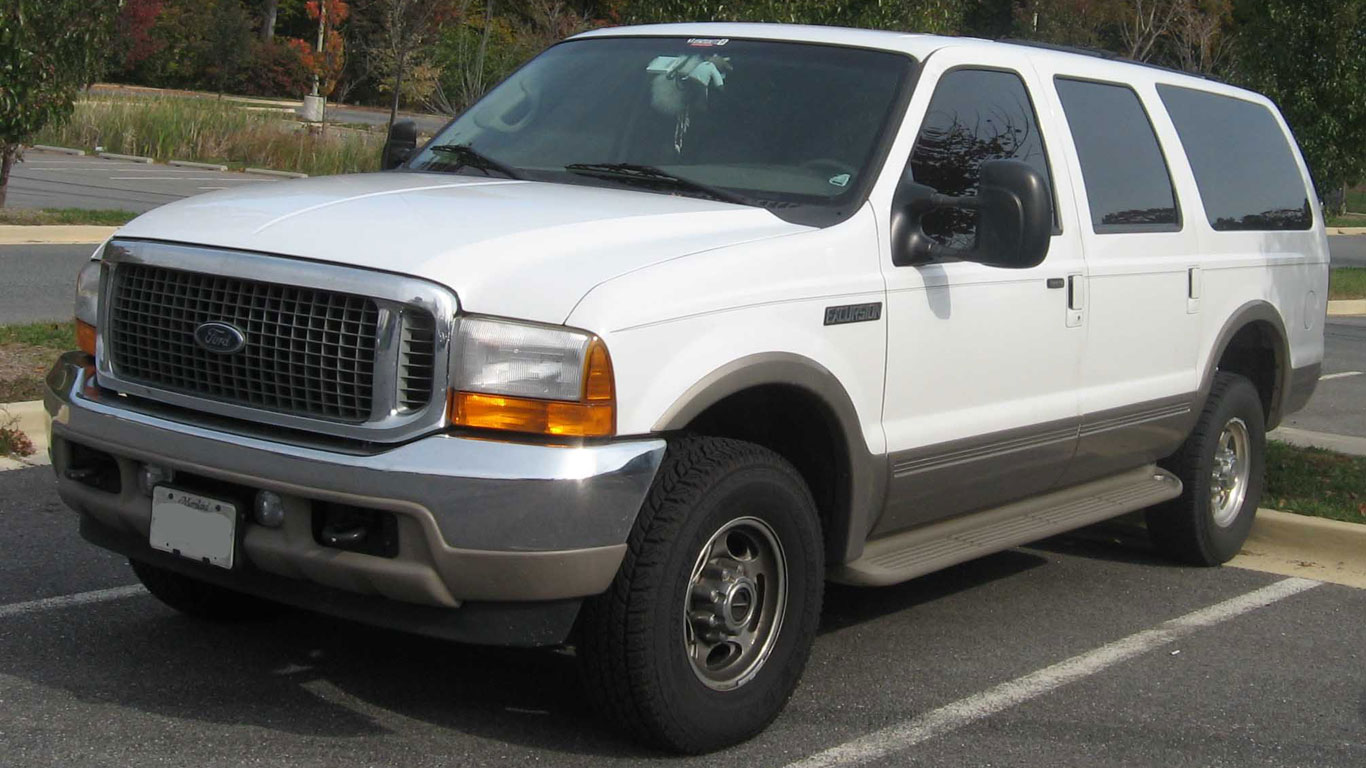
Ford Excursion
© FordBased on the Ford F-250 Super Duty pickup, the Excursion was the longest and heaviest SUV ever to enter production. Intended for the North American market, it was too big even for U.S. roads, and was killed off in 2005.
-
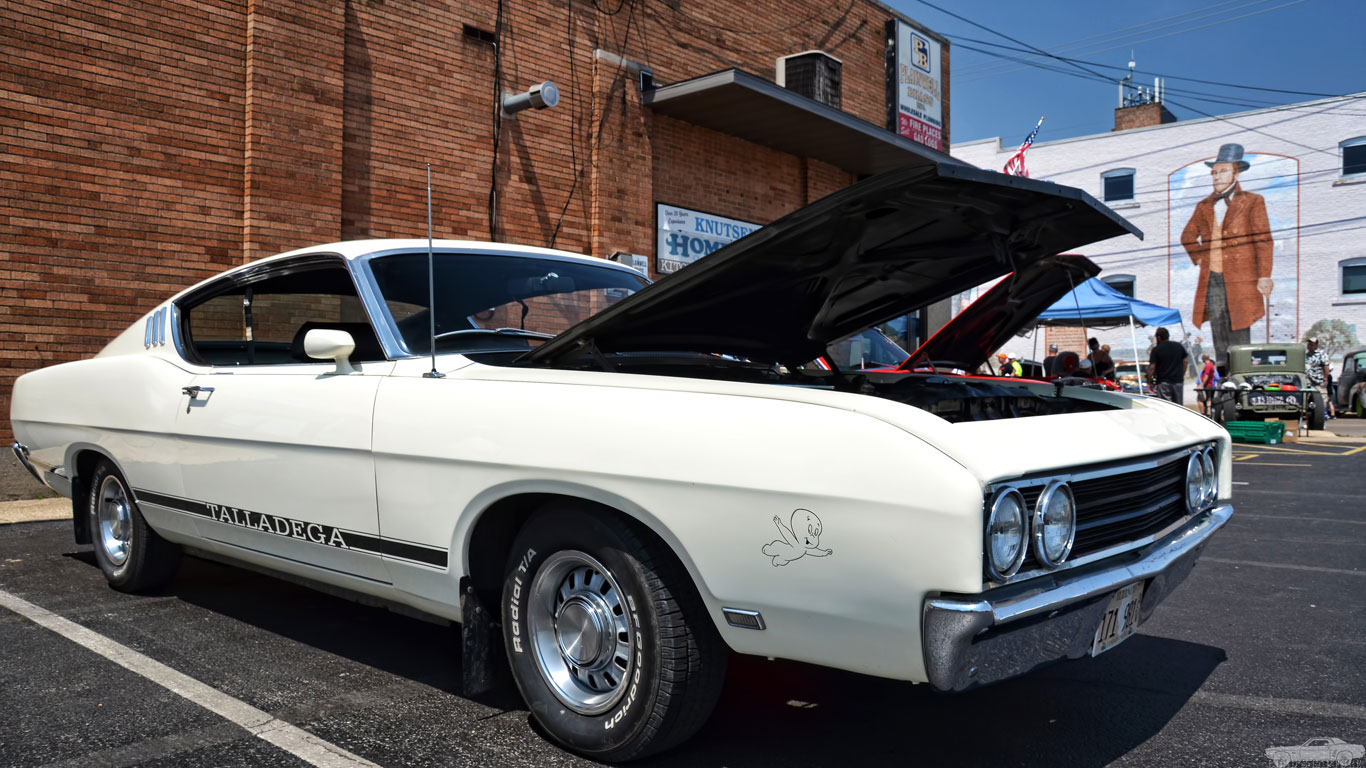
Ford Torino Talladega
© FordThe Ford Torino Talladega was a muscle car built for a matter of weeks in 1969 before it was axed on cost grounds. Intended to make Ford more competitive in NASCAR and sold under homologation rules, the beefed-up Torino was named after the Talladega Superspeedway, which opened the same year. Soon after its launch, Ford abandoned all its racing efforts after being questioned over their cost versus improving efficiency and safety for its road cars.